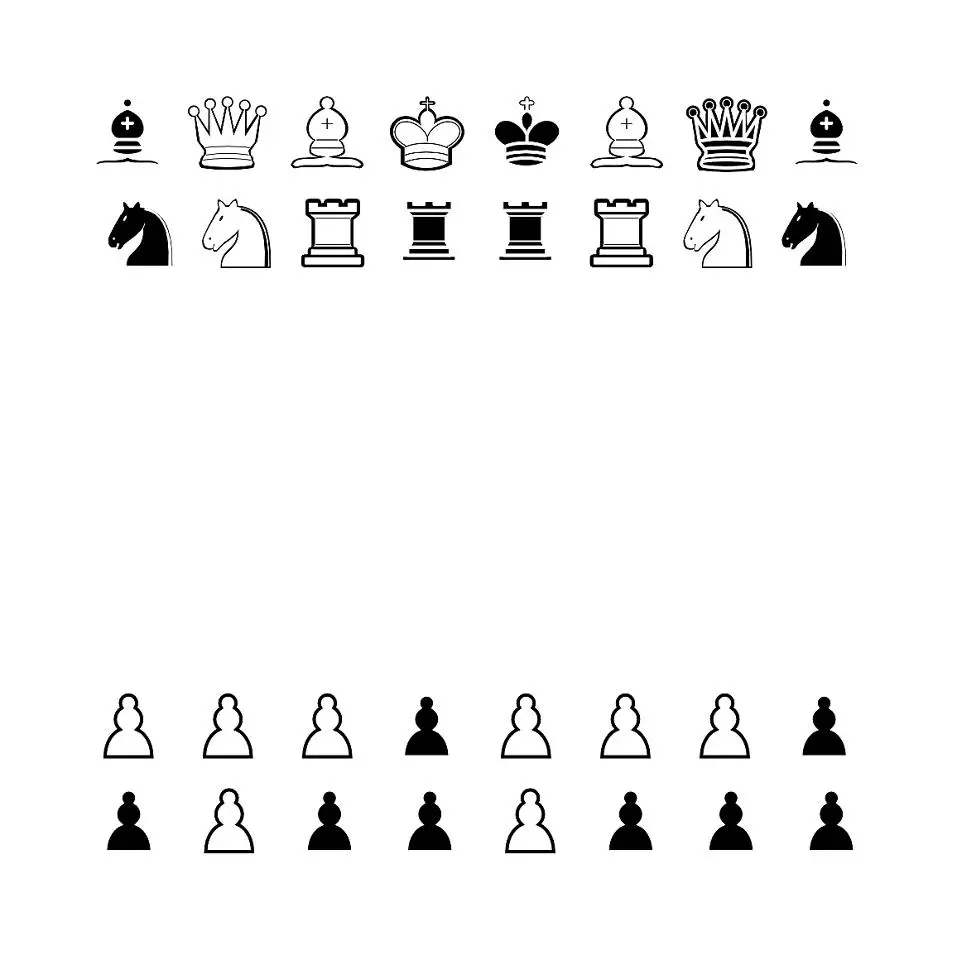When its construction was completed in 1978, Bagger 288 superseded Big Muskie as the heaviest land vehicle in the world, at 13,500 tons. It took five years to design and manufacture and five years to assemble, with total cost reaching $100 million. In 1995, it was itself superseded by the slightly heavier Bagger 293 (14,200 tons).
The Bagger 288 was built for the job of removing overburden before coal mining at the Hambach surface mine in Germany. It can excavate 240,000 tons of coal or 240,000 cubic metres of overburden daily – the equivalent of a soccer field dug to 30 m (98 ft) deep. The coal produced in one day fills 2400 coal wagons.
In fact, the Bagger 288 alongside its siblings, are so large, that it has its own on-board toiletry and kitchenette rooms.
By February 2001, the excavator had completely exposed the coal source at the Tagebau Hambach mine and was no longer needed there. In three weeks it made a 22-kilometre (14 mi) trip to the Tagebau Garzweiler, travelling across Autobahn 61, the river Erft, a railroad line, and several roads. The move cost nearly 15 million German marks and required a team of seventy workers. Rivers were crossed by placing large steel pipes for the water to flow through and providing a smooth surface over the pipes with rocks and gravel. Special grass was seeded to smooth its passage over valuable terrain. Moving Bagger 288 in one piece was more economical than disassembling the excavator and moving it piece by piece.
I have been there when it was moving and I’ve found it really impressive. Also astonishing seeing these gigantic, 100 metres tall, excavators in the surface mines appearing like small toys in an abnormally large sand box.
😍



